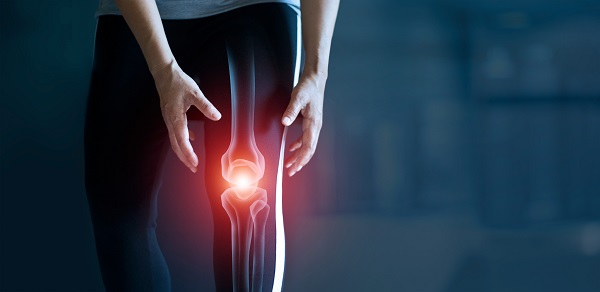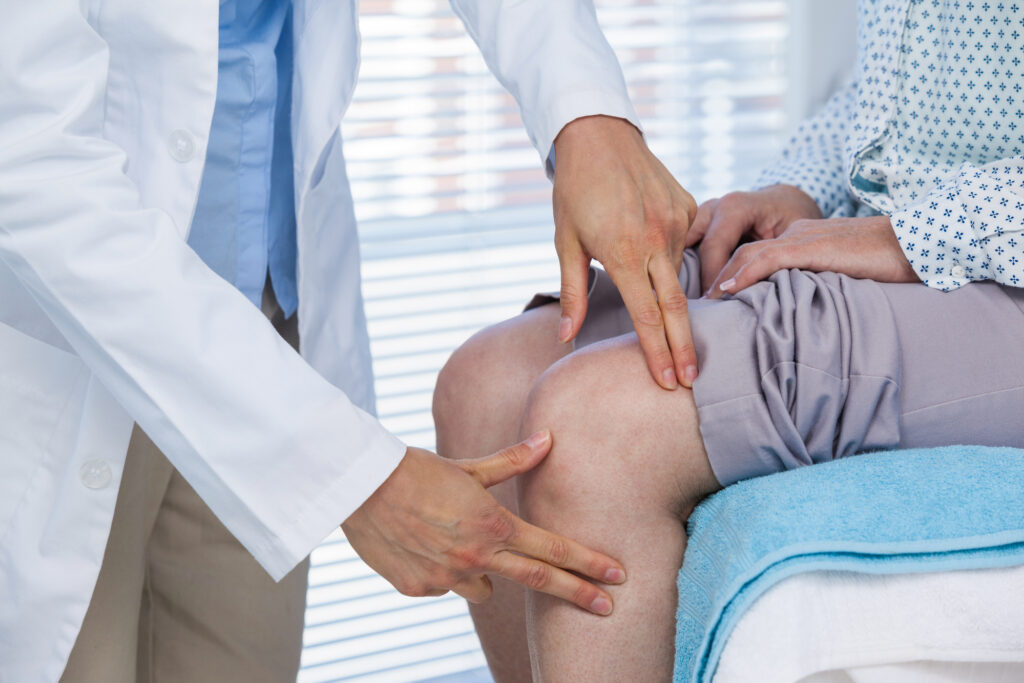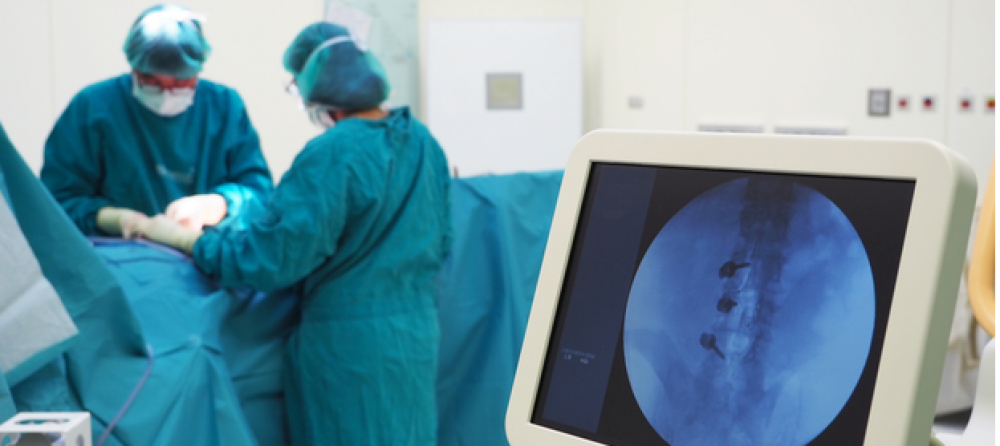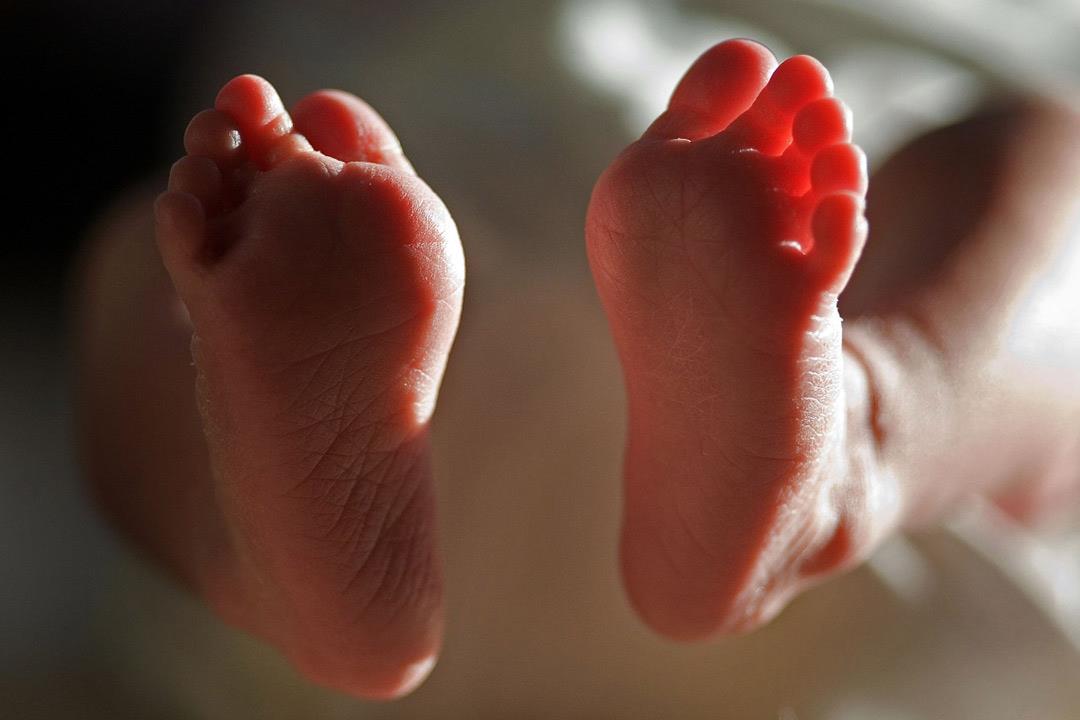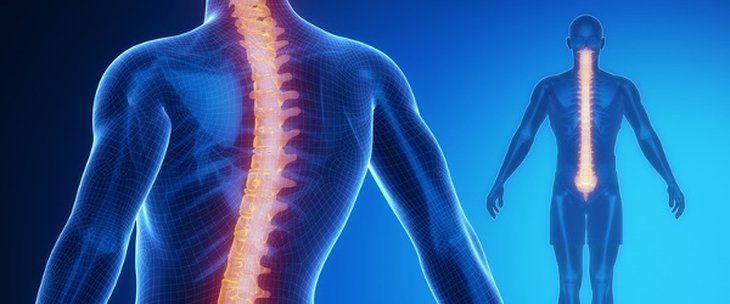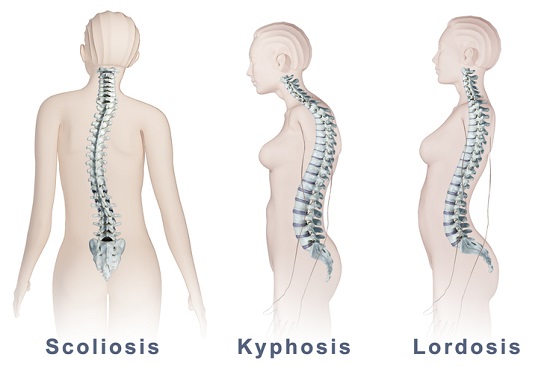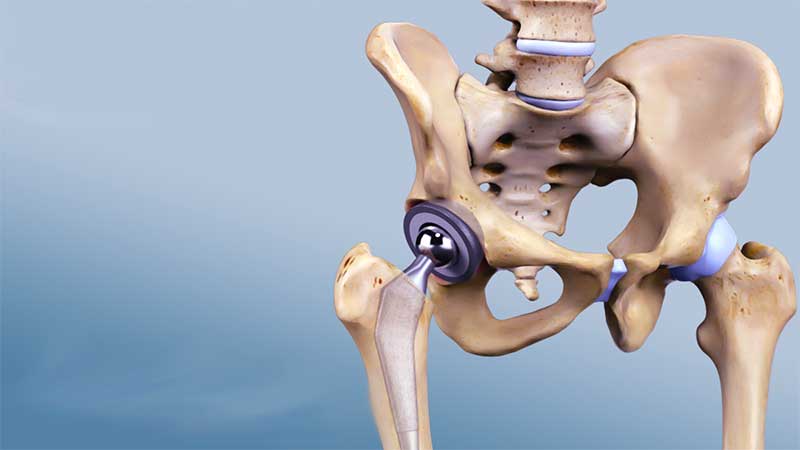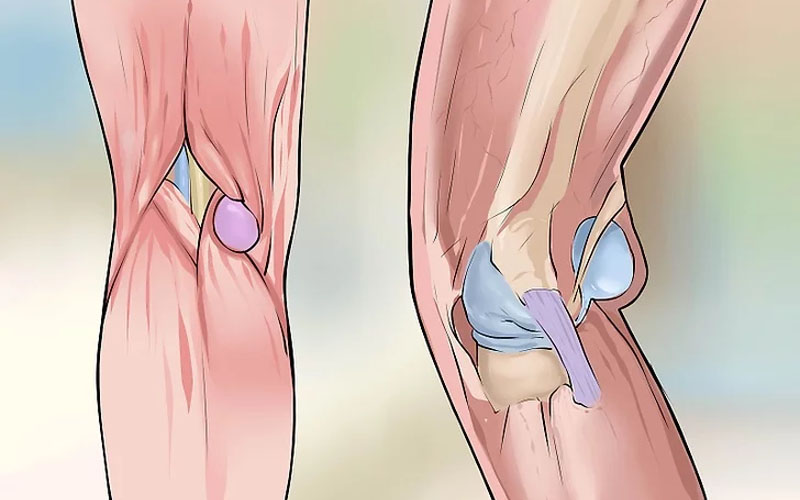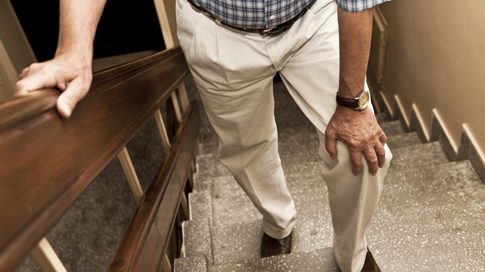Where is the anterior cruciate ligament located?
Have you ever wondered where the anterior cruciate ligament is located and the reasons for its injury? In the following article, we will answer many of the inquiries that may concern you regarding this matter, so let us read the following.
Where is the anterior cruciate ligament located?
The anterior cruciate ligament is one of the strong tissue ligaments that connect the femur to the shin (tibia) and is considered one of the most common anterior cruciate ligament injuries among sports players who engage in activities that require jumping and sudden stops such as basketball, football, and downhill skiing, and when suffering an injury to the anterior cruciate ligament, a popping sound comes from the knee area, accompanied by severe pain and swelling in that area.
The appropriate treatment that the individual receives is determined according to the duration and severity of the injury that the individual may have been exposed to, whether the cut was complete or partial, in addition to his age, the profession he practices, and his future aspirations, as the treatment may include surgical intervention if the injured person is still young, or if he is an athlete or someone who practices a job that requires high physical activity.
But if the injured person is old, then in that case his adaptation to the injury is an appropriate and sufficient solution, and he is made aware of how to cope with the injury and reduce the severity of the pain that he may feel, and the need to receive appropriate treatment since exposure to the injury is very important because it protects individuals from the occurrence of serious complications later, and for this, as soon as the individual feels the following symptoms, he must go to the doctor immediately:
- A popping sound is coming from the knee area.
- Feeling severe pain makes him unable to carry out his activities normally.
- Swelling of the injury area during the first hours of exposure.
- Inability to control joint movement in a good way.
- Loss of ability to balance and inability to load on the knee.
Anterior cruciate ligament rehabilitation
The patient’s follow-up of the rehabilitation program is the first option that is followed in the treatment of cruciate ligament injuries, because many injuries may be able to be treated in this way without the need for surgical intervention later on, and this is in cases of partial cutting only, while surgery is in the case of a complete cut. The goal of the rehabilitation program is to strengthen the muscles, increase the flexibility of the joints, and effectively return their functions as they were in the past.
Rehabilitation treatment is divided into three stages, namely, acute, subacute, and chronic injury, and the focus must be on each stage separately and carried out to the fullest, and the duration of rehabilitative treatment varies according to the severity of the injury that the individual may have been exposed to, and the rehabilitative treatment can be before or after the cruciate ligament operation, as it is indispensable in both cases.
Diagnosis of anterior cruciate ligament injuries
The doctor diagnoses anterior cruciate ligament injuries by comparing the symptoms that appear on the affected foot with the one that is healthy, and the doctor moves the foot in all directions to measure the effectiveness of the movement of the joint and how it performs its function, and this examination can be sufficient, but we may need other methods to ensure that there are no other problems, and this may include:
- X-ray: We need it to ensure that there are no fractures in the bones, but it does not show soft tissues such as ligaments and tendons.
- Magnetic resonance imaging: It is used to obtain detailed images of the soft and hard tissues in the individual’s body, and can show the extent of damage to the anterior cruciate ligament and damage to tissues, including cartilage.
- Ultrasound (ultrasound imaging): It visualizes internal structures and is used to check for injuries to the ligaments, tendons, and muscles of the knee.
Anterior cruciate ligament cutting exercises
Many reasons result in a cruciate ligament tear, including:
- Fixing the foot well on the ground and making a turn.
- Sudden stop while running.
- Shifting body weight from one foot to the other suddenly.
- A jump is followed by a hard landing with an open knee.
- Bend the knee in a way that is more than normal.
When there is a tear in the anterior cruciate ligament, the doctor may advise the patient to do some exercises that may greatly benefit him in relieving pain and symptoms, and here are some of them:
- Exercise (1): An exercise is done to straighten the knee by sitting on the bed and extending the knee and continuing in this case for 10 seconds.
- Exercise 2: Contract your quadriceps muscle while keeping your knee straight for 5 to 10 seconds with a towel under your heel.
- Exercise (3): Lie on the bed and bring the foot slowly towards the buttocks area and the sole of the foot is on the bed and hold this position until 10 seconds have passed.
- Exercise (4): A stationary bike is used daily for 20 minutes at a time, as this helps to strengthen the knee muscles and increase their range of motion.
Anterior cruciate ligament exercises
The exercises for the anterior cruciate ligament play a very big role in qualifying for the cruciate ligament operation and contribute very effectively to its success, and here are some exercises for the cruciate ligament:
- Lifting the heel of the foot: one hand is placed on the back of a chair in order to achieve good balance, after that we raise the heel of the foot of the affected area and stand on the tips of the toes and hold this position for 5 to 10 seconds.
- Raising the straight leg: In order to do this exercise, we sleep on the back and stretch the legs, then the injured leg is raised towards the condition and stays in this position for a few seconds, then gently lower it.
- Knee flexion with stretch: In this exercise, the patient sleeps on his stomach and spreads his legs straight, then the affected foot is bent until the heel reaches the backside, and remains in this position for 5 seconds.
- Squatting: We stand with our feet shoulder-width apart, then we slowly bend the knees while lowering the hip level until we reach a 45-degree angle, and we stay in this position until 5 seconds have passed.
- Climbing a step: In this exercise, we use one of the two options, whether it is a ladder or a chair, then we raise the injured leg on one of them and lower it again.
Cruciate ligament brace
The knee brace is used in cases of cruciate ligament injury because it helps relieve pressure on the knee area during movement, as doctors recommend it after cruciate ligament surgery to limit the movement of the knee joint and maintain its stability in its place, or even to be used during physical therapy and rehabilitation program, but many risks result in continuing to place the brace, for example:
- Feeling uncomfortable when wearing it: The knee brace may initially be heavy, bulky, and hot, and if it is not suitable for the individual, this causes it to slip out of place.
- Skin irritation and swelling: This occurs as a result of the brace being unsuitable for the individual, and swelling may also occur around the joint area.
- Lack of benefit: It may be useful for many people, but it may be useless for others.
- Stiffness: Wearing a brace exposes the wearer to an injury, and this causes stiff joints.

